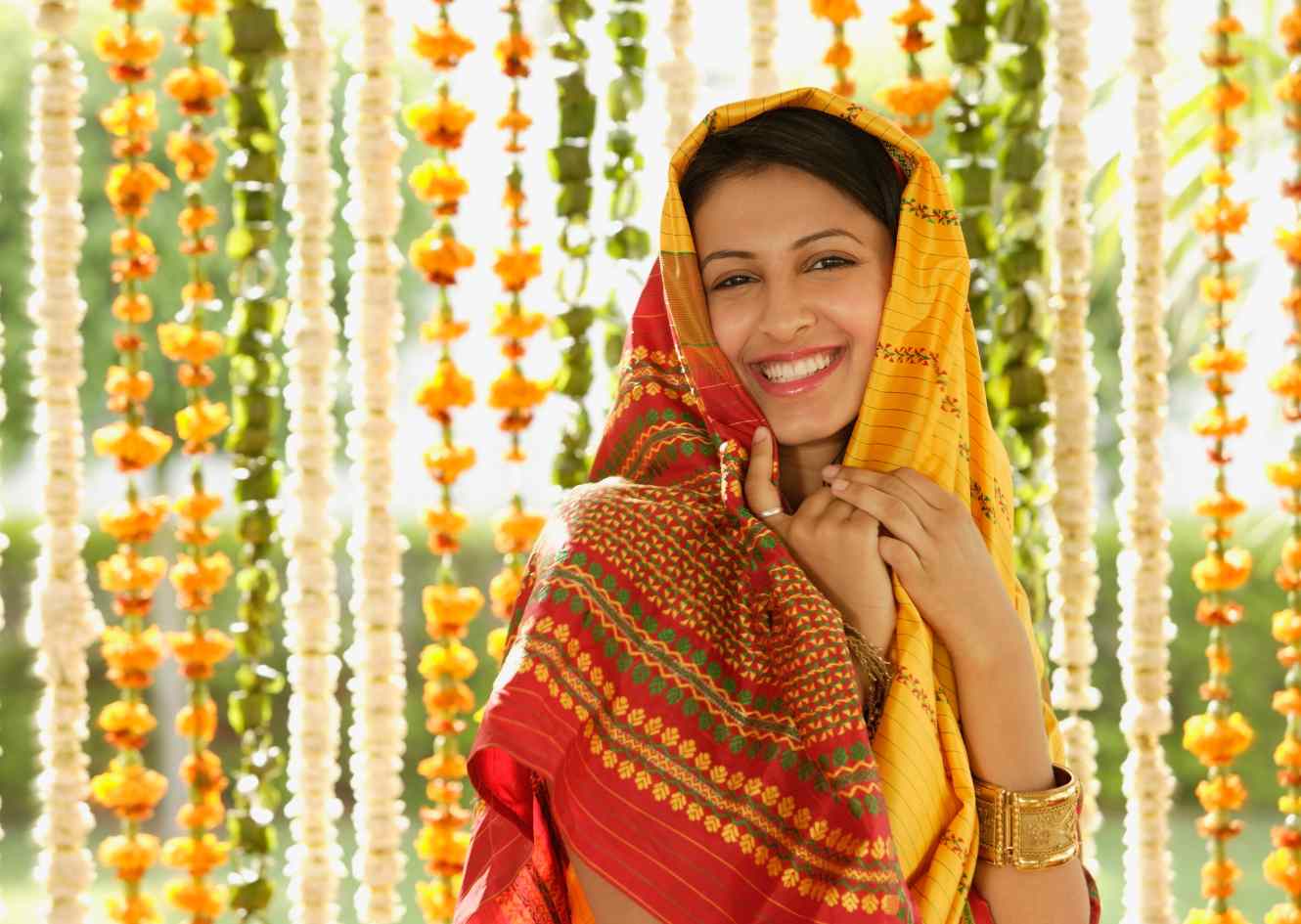The Beautiful Indian Sari Is Fast Gaining Adoption Globally

The Indian sari, a traditional Indian garment, has always been an emblem of elegance, heritage, and cultural depth. Over the years, however, the sari has transcended its regional roots, making a notable impact on the global fashion scene. This worldwide embrace is a testament to the sari’s timeless appeal and the ability of cultural elements to blend seamlessly into global paradigms.
The sari, a versatile piece of cloth spanning around six to nine yards, is more than just a garment for millions of women across the Indian subcontinent. It is a symbol of heritage, an art form, and a statement of elegance that has transcended centuries and continues to captivate people worldwide. The sari’s allure lies in its simplicity and the profound statement it makes about the wearer’s identity and grace.
Historical Depth and Cultural Resonance Of The Indian Sari
Since its origin several thousand years ago, the sari carries tales from ancient scriptures, the royal courts, and regional folklore. Each sari is a canvas, echoing stories from the past and connecting the wearer to a rich historical tapestry.
One of the most captivating aspects of the sari is its diversity. From the Banarasi saris with their intricate gold embroidery to the fine silk of the Kanjeevaram, from the tie-dyed patterns of Bandhani to the sheer elegance of Chiffon, there’s a sari for every occasion, taste, and story.
The elegance of the sari is accentuated by the myriad ways it can be draped. Whether it’s the Bengali style with its pleated pallu or the Coorg style that drapes over one’s shoulder, each draping style has its charm, allowing the wearer to express her personality and regional pride.
The sari is not just a piece of cloth but a canvas for artisans to display their craft. Be it through intricate handloom weaving, delicate embroidery, or vibrant dyeing techniques. Each sari is a testament to the craftsman’s skill and creativity. Fashion trends come and go, but the sari remains eternally stylish. Its beauty lies in its adaptability. The sari exudes an unmatched elegance, whether worn traditionally or with a modern twist. It gracefully complements the wearer, irrespective of age or body type, emphasizing poise over fleeting beauty standards.
For many, the sari is also a garment filled with symbolism. It can represent a rite of passage, a symbol of marital status, or even a mark of one’s regional identity. Its folds and drapes often hide stories of generations, making it a cherished heirloom in many families.
The Indian Sari Gains Global Appeal
The sari’s elegance has not just been limited to the Indian shores. Its allure has captivated audiences worldwide. International celebrities and fashion icons have often been spotted draped in this exquisite garment, further solidifying its timeless appeal.
The global adoption of the sari can be partly attributed to its visibility on international platforms. Bollywood, as a global cinematic powerhouse, has played a significant role. Actresses like Aishwarya Rai, Priyanka Chopra, and Deepika Padukone have donned exquisite saris at international film festivals and red carpet-events, drawing admiration and curiosity.

However, it isn’t just Indian celebrities bringing the sari to the limelight. International stars such as Oprah Winfrey, Madonna, Elizabeth Hurley, and Scarlett Johansson have draped the sari for various occasions, further amplifying its global allure.
Fashion Weeks and Designer Innovations
Major fashion capitals like Paris, Milan, London, and New York have seen saris showcased on their runways. Both Indian designers like Sabyasachi Mukherjee, Ritu Kumar, and Manish Malhotra, as well as international designers, have presented their interpretations of the sari, blending traditional motifs with contemporary designs.
The result? A garment that maintains its traditional ethos while being versatile enough to appeal to the global audience. Modern innovations such as pre-stitched saris, sari gowns, and fusion wear have made the attire more accessible to those unfamiliar with traditional draping techniques.
Cultural Exchanges and Diaspora
The Indian diaspora spread worldwide, has been instrumental in introducing the sari to diverse populations. Festivals, weddings, and cultural events present the sari in its full splendor to different communities. As cultural barriers erode and globalization promotes exchange, the sari has found enthusiasts, even those with no direct ties to Indian heritage.
Global media, including films, music videos, and TV series, have occasionally featured the sari as a cultural element or a fashion statement. Though sometimes lacking nuance, these representations have contributed to the sari’s global visibility and adoption.
The advent of e-commerce has made it easier than ever for global audiences to purchase authentic saris. Many Indian brands ship worldwide, complete with draping tutorials, making it convenient for international buyers.
The sari’s journey from the Indian heartland to global ramps and closets is a beautiful story of tradition meeting modernity. It stands as proof that cultural treasures when presented with authenticity and innovation, can find universal resonance in the fashion world. As the world becomes an ever-intertwined global village, the sari’s elegance will continue to inspire and captivate people from all walks of life.
